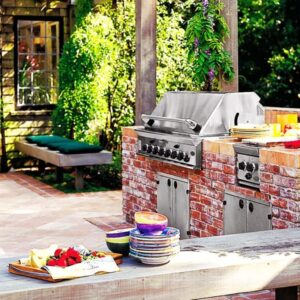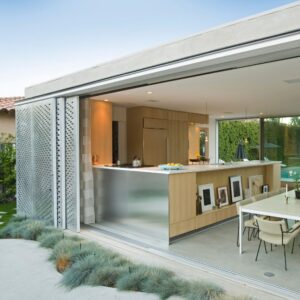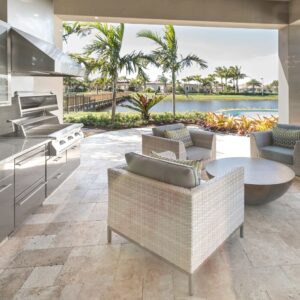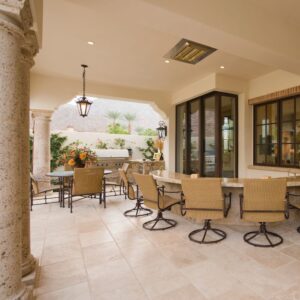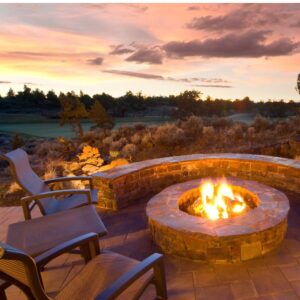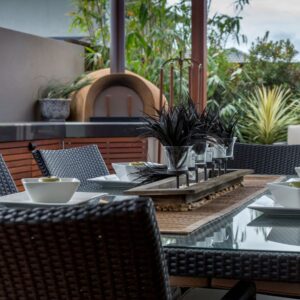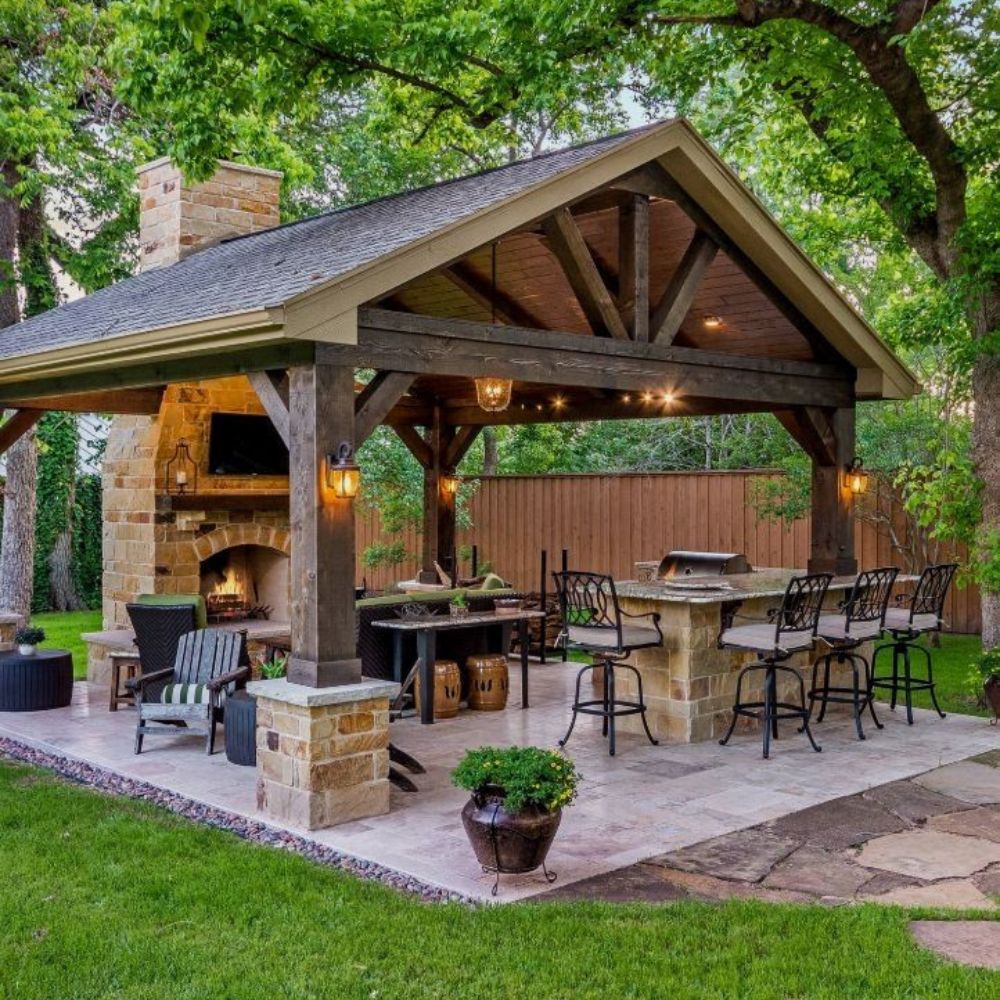How Do I Design an Outdoor Kitchen?
Designing an outdoor kitchen can transform your backyard into a functional and stylish space for entertaining and cooking. But how do you design an outdoor kitchen that suits your needs and budget? Let’s walk through the essential steps to create a layout that’s perfect for you.Key Considerations for Outdoor Kitchen Design
Before you start planning, it’s important to consider a few factors that will shape your outdoor kitchen design.- Budget: Your budget will determine the size, materials, and appliances you can include. Start with a clear idea of how much you want to spend.
- Available Space: Measure your outdoor area to ensure you design a kitchen that fits comfortably. Consider the flow of foot traffic and how you’ll use the space.
- Climate: The weather in your area can affect the materials and appliances you choose. Durable, weather-resistant options are a must for long-lasting outdoor kitchens.
- Usage: Think about how often you’ll use the kitchen and for what purpose. Do you plan to cook large meals or just grill occasionally?
Steps for Designing an Outdoor Kitchen
1. Choose the Right Layout
The layout is one of the most important aspects of outdoor kitchen design. You want a layout that works for your space and provides a smooth flow for cooking and entertaining.- Island Layout: This is ideal for smaller spaces. An island can house the grill and offer counter space on both sides.
- L-Shaped Layout: This provides more countertop and storage space, perfect for larger areas where you plan to prep, cook, and serve food.
- U-Shaped Layout: For a complete outdoor kitchen with multiple work zones, a U-shaped layout offers plenty of cooking, prep, and serving areas.
2. Select Your Appliances and Features
Your choice of appliances will depend on your cooking habits and the space available.- Grill: The grill is the heart of most outdoor kitchens. Choose between gas, charcoal, or electric grills, depending on your preference.
- Side Burners: If you like to cook sides or sauces while grilling, adding a side burner can be a practical feature.
- Refrigerator: A small outdoor fridge can keep drinks and ingredients cold, saving trips back to the indoor kitchen.
- Sink: Adding a sink is convenient for prep and cleanup, though it requires plumbing installation.
3. Choose Durable Materials
The materials you use for your outdoor kitchen will have a significant impact on its longevity and appearance.- Countertops: Granite, concrete, or stainless steel are popular choices for outdoor countertops due to their durability and resistance to weather elements.
- Cabinetry: Choose weather-resistant materials such as stainless steel or PVC for outdoor cabinets. These can withstand exposure to rain, sun, and heat.
- Flooring: Non-slip, durable materials like stone or concrete pavers are ideal for outdoor kitchen flooring. They can handle spills and heavy foot traffic.
Designing for Functionality and Style
1. Plan for Proper Ventilation and Safety
When designing an outdoor kitchen, safety should be a priority, especially when working with grills and other heat-producing appliances.- Ventilation: Make sure your grill and any gas appliances are properly ventilated to avoid smoke buildup. Place your grill away from walls and structures.
- Fire Safety: Keep fire extinguishers nearby and make sure your outdoor kitchen design includes enough space to prevent fire hazards.
2. Create Comfortable Seating and Dining Areas
An outdoor kitchen is also a social space, so consider how to make it comfortable for guests.- Bar Seating: Adding bar stools around an island or countertop creates a casual space where guests can chat while you cook.
- Dining Area: If you have space, include a separate dining area with a table and chairs for outdoor meals.
Tips for Maximizing Your Outdoor Kitchen Design
1. Consider Outdoor Lighting
Good lighting is essential for evening cooking and dining. Plan your outdoor lighting in a way that enhances both functionality and ambiance.- Task Lighting: Install bright lights over your cooking area so you can see clearly when preparing food.
- Ambient Lighting: Add string lights, lanterns, or built-in LED lights to create a warm, inviting atmosphere for evening gatherings.
2. Plan for Storage
Incorporating storage into your outdoor kitchen design will make it more functional and reduce trips inside for tools and ingredients.- Cabinets: Stainless steel or weatherproof cabinets can store your grill tools, utensils, and non-perishable ingredients.
- Shelves: Open shelving is an affordable way to add extra storage for pots, pans, and dishes.
3. Add Personal Touches
Finally, don’t forget to add a bit of personality to your outdoor kitchen.- Decor: Incorporate outdoor-friendly decor such as potted plants, outdoor rugs, and cushions to soften the look of your space.
- Color Scheme: Choose a color palette that complements your home’s exterior and blends with your natural surroundings.


